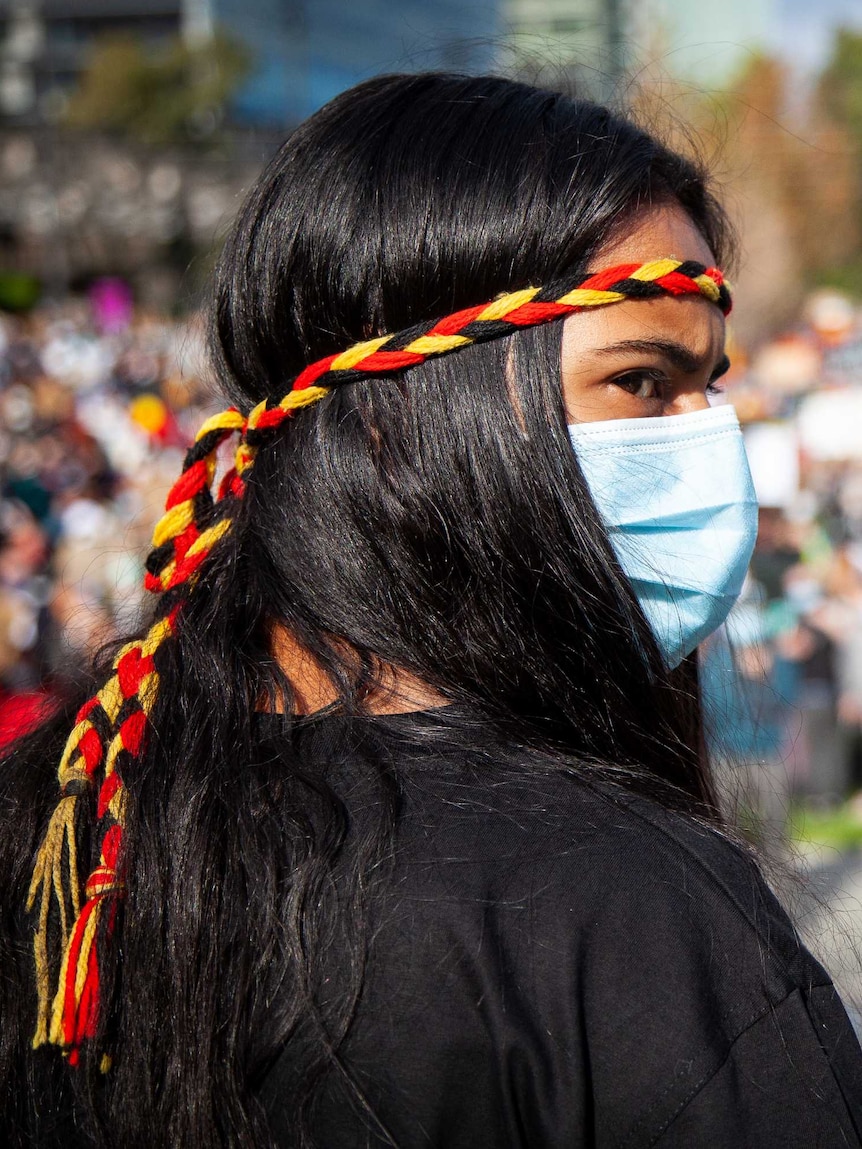The federal government has announced a plan to train 500 health workers across Australia, as the joint council on Closing the Gap meets in Adelaide.
Key points:
- The government will spend $52.9 million to train 500 First Nations people
- The Closing the Gap joint council will address a range of issues to improve Aboriginal lives
- The government is committed to the Uluru Statement
Speaking from the front steps of South Australia’s Parliament House ahead of the meeting, Assistant Indigenous Health Minister Malarndirri McCarthy said the government would spend $52.9 million over five years to employ the Aboriginal trainees.
“We need to lift the standard of living for First Nations people in this country,” she said.
The trainees will get Certificate III or IV qualifications to allow them to work in health settings and deliver culturally appropriate care.
Federal Indigenous Australian Minister Linda Burney said the Closing the Gap targets were “absolutely fundamental” to changing the lives of Aboriginal people in Australia.
She said the gap cannot be closed without adequate data and shared decision-making between governments and Aboriginal organisations.
“It is patently obvious that Aboriginal organisations know their communities and know what the resolutions are to what seems like intractable problems,” she said.
She said her government was “absolutely committed” to the Uluru Statement, including a Voice to Parliament.
“But it’s wrong to suggest that agenda will be usurping the agenda of Closing the Gap — they are part and parcel of the same thing.
“Unless First Nations people are living lives of choice and chance, just like other Australians, then we cannot ever hold our heads high in the space of Indigenous affairs.”
Aboriginal activist Pat Turner said government institutions — hospitals, police stations, youth detention centres — need to be reformed to be more “culturally safe and culturally respectful in their dealings with Aboriginal people”.
She said the council would hopefully endorse a new community infrastructure target, as well as an inland waters target that would give Aboriginal and Torres Strait Islanders exclusive commercial development opportunities.
South Australian Aboriginal Affairs Minister Kyam Maher said the gap between Indigenous and non-Indigenous Australians “was not closing quickly enough”.
He said all the state and territory Indigenous ministers and organisation leaders would discuss the 17 targets “in areas ranging from justice to use of inland waters”.
“This approach goes hand-in-hand with the state and federal governments’ ambition for Voice to Parliament — working directly with Aboriginal people, hearing their voice about ways to overcome some of the issues,” he said.
“One of the areas we will be discussing is how we evaluate what we’re doing and particularly how we all share data on what is working well.
“The area of justice is one area I think we’re all keen to look at to see what can be done.”
He said the hoped the meeting would look at the incarceration rates and the accessibility of legal services for Indigenous Australians.




